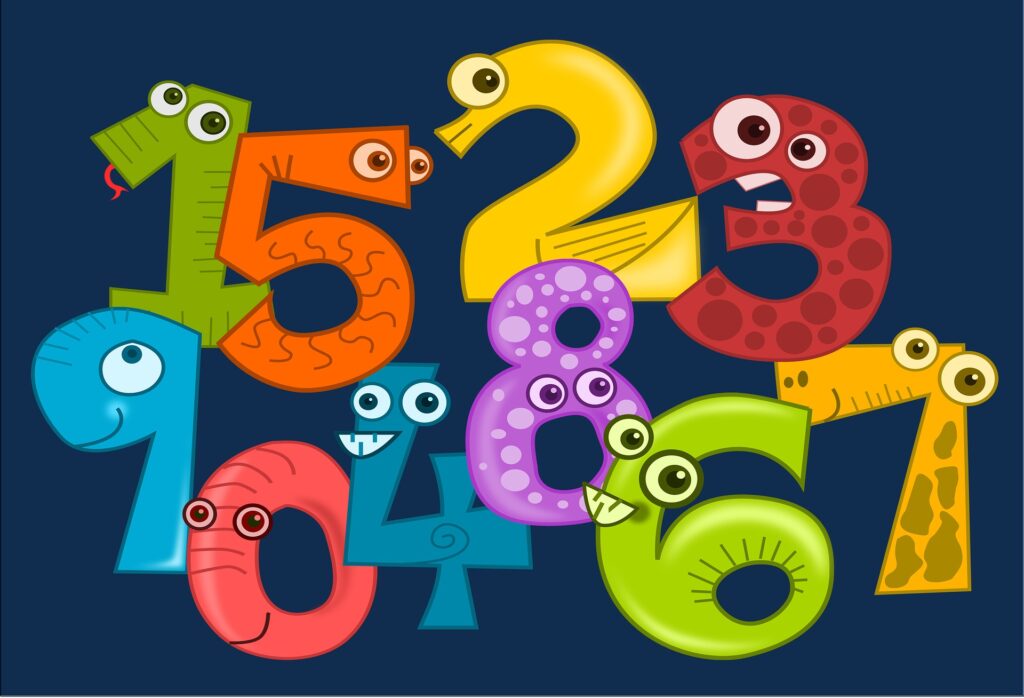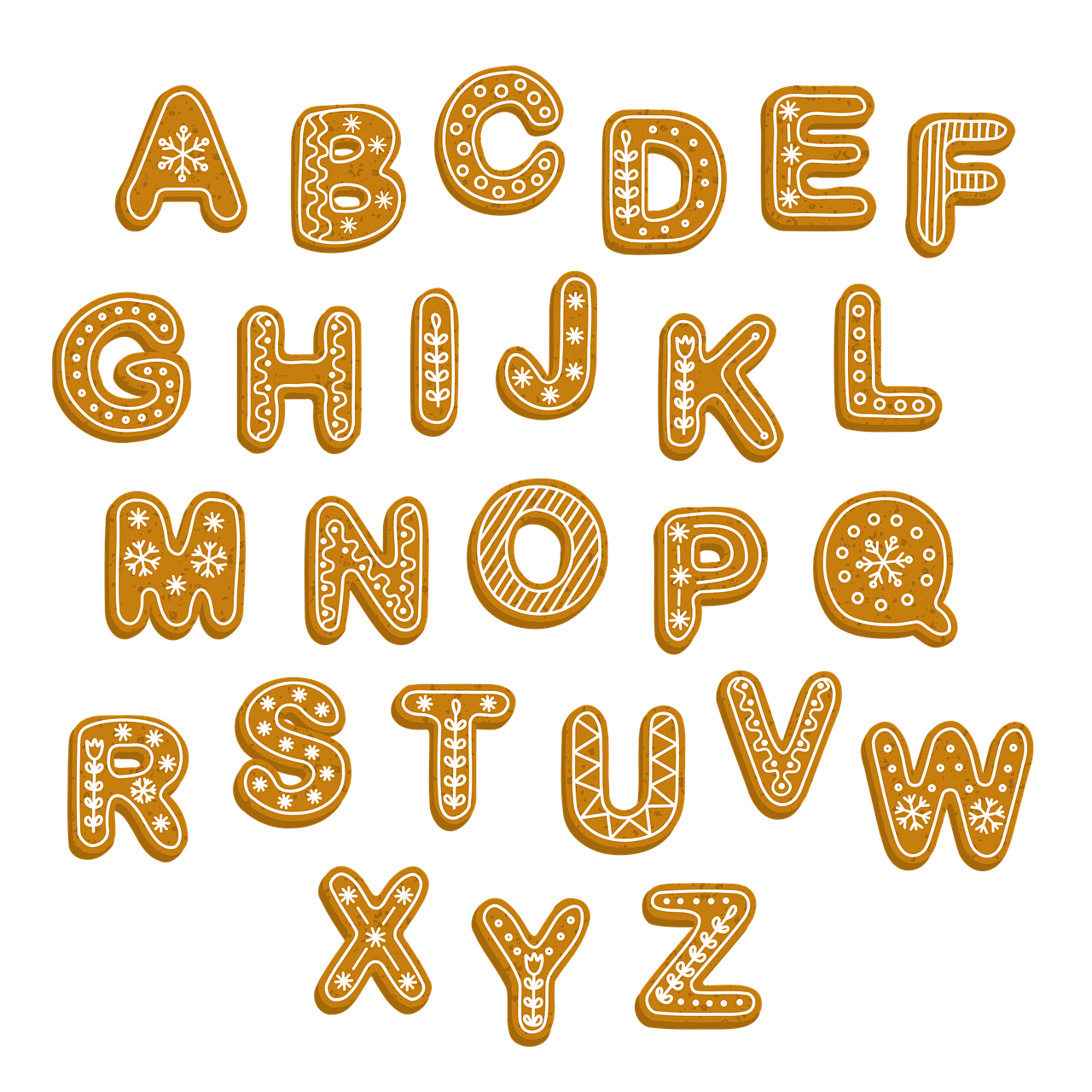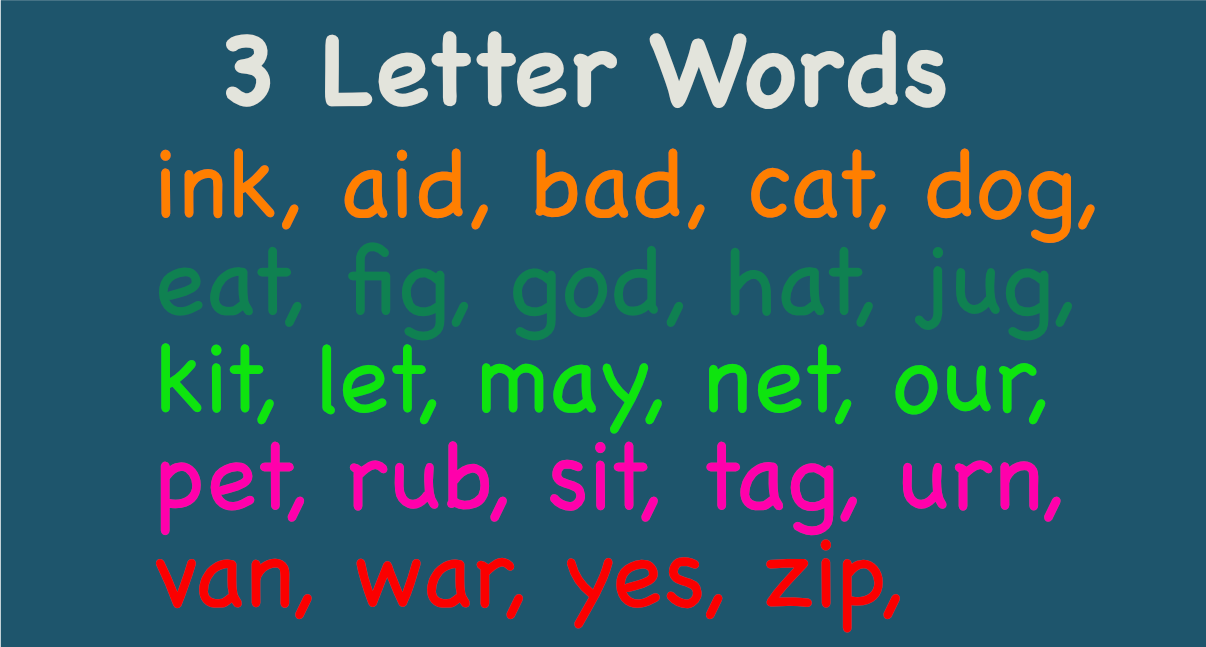
One of the best ways to teach numbers to preschoolers is to use skywriting. This way, children will learn that counting objects has one-to-one correspondence. This will help them build addition and subtraction skills. Other fun ways to teach numbers to preschoolers include using loose parts and counting objects.
Contents
Skywriting Is A Great Way To Teach Numbers To Preschoolers
Skywriting is an excellent multi-sensory way to teach numbers and shapes to preschoolers. With the help of a chalkboard, an interactive whiteboard, or a large piece of paper, preschoolers can write numbers and shapes in the sky. This activity is also great for practicing number rhymes and proper number formation.
Benefits of Skywriting
Skywriting utilizes the entire body to write letters. This helps cement the idea of how letters are formed and helps the child identify the letter when it’s written on paper.
The whole body movement also helps reinforce the letter sound. For example, if a child sees a skywriter writing a letter, he will be more likely to recognize the letter if it looks the same as he or she sees it in the sky.
Another great way to teach numbers to preschoolers is by creating a sensory bag for your child to write on. This bag can be placed on a table or on a vertical surface. You can also use a glass door or window. Alternatively, you can use sandpaper or a bumpy craft screen. Then, encourage your child to draw on the sandpaper with a crayon or marker.
Counting Objects Is A Basic Subtraction And Addition Skill
Counting objects is an important skill for preschoolers to develop early on. It involves matching objects to numbers and is also known as one-to-one correspondence.
Children need to develop this skill because it develops their number sense and mental math skills. Counting objects is an essential step towards learning to add and subtract in quantities.
Counting Up To 10
Preschoolers need to know how to count objects up to ten. To teach them this basic skill, they should use simple, real-life situations. For example, when children are comparing objects, they can ask how many raisins they have left. They can compare this number to the number they have left after eating one. This helps them understand that subtracting objects involves taking away something.
Counting objects is a basic subduction and addition skill for preschoolers. This skill enables children to count objects and create sets of ten. It can also help them learn how to compare and change quantities.
Counting Objects Requires One-To-One Correspondence
One of the key principles of counting is the one-to-one correspondence. This means that students need to be able to see the value of numbers, which is achieved by using one number per object.
Counting objects should be done slowly so that students can see the relation between the quantity and the number. Counting games can also be used to introduce this principle.
The concept of one-to-one correspondence is an early math concept. When a child is young, he/she must count objects in sets one at a time. This may involve counting each object in a set once or using only one touch to count them. This process takes time and needs fun activities and opportunities.
Children who understand one-to-one correspondence can then assign a number to each object. In addition to counting objects with their corresponding numbers, children can point to them and name each one.
They can also practice counting objects by placing them in a frame. One of the best ways to do this is to use a five or ten-frame. This way, a child can put an object in each square and say the corresponding number.
Using Loose Parts
Using loose parts for math play activities can help young children develop their number sense and encourage recognition. It’s also an excellent way to promote one-to-one correspondence. The same loose parts can be used to create different patterns, such as with play dough. These activities are also great for building number recognition skills and developing writing skills.
Children who play with loose parts often have longer attention spans. The reason for this is that their brains are used to being focused on one task for extended periods of time. This can help them pay attention in class.
Loose parts play also helps children learn about social interactions, such as sharing and taking turns. Using loose parts play as a classroom activity is a great way to get the most out of your time together with your little learners.
Loose parts are a versatile tool that can be set up in the classroom, outside, in a library, a rec center, or even at home. These materials are inexpensive and environmentally friendly. They can also be easily cleaned.
Rhymes and Songs
One of the easiest ways to introduce numbers to a preschooler is through songs and rhymes. Songs can help your child learn the order of the numbers, as well as the first two digits. For example, they can learn how to count up from two to five by singing the song “five is the most beautiful number.” Similarly, they can practice counting down from ten by singing “ten is the brightest star.”
Children’s experience with numbers is completely different than that of adults. While adults have a logical association with numbers, kids are more likely to associate them with other objects.
This is true for numbers on the clock at school, scoreboards at sporting events, and even in their favorite video games. Songs and rhymes are a great way to help children associate numbers with their physical surroundings.
Another great way to introduce numbers is by playing with them. Kids learn best when they play with things and are involved in the learning process. Counting is a crucial part of developing a child’s cognitive skills. Counting helps them to understand their world by estimating, measuring, and comparing. It also helps them to learn how to read by identifying numbers.
Self-Correcting Puzzles
One of the best ways to teach numbers to preschoolers is through self-correcting puzzles. These simple and easy-to-use activities are ideal for preschoolers and toddlers.
They help develop number sense and counting skills, and they’re also great fun. You can also try out number games that are fun for older kids and easy for preschoolers to do on their own.
Another great way to teach children to recognize and understand numbers is through matching puzzles. These games help preschoolers practice number recognition while helping them build their confidence.
There are several types of matching puzzles for preschoolers, ranging from easy to difficult. Jigsaw puzzles are also a great way to teach children numbers. Jigsaw puzzles also help with fine motor skills, problem-solving, and concentration.
Some self-correcting puzzles have pegs that children use to count. These puzzles also include number words for preschoolers. They’re great for a variety of skill levels, and they’re also good for helping children learn numbers and their relationships.
Using Abucus
Using an abacus to teach numbers to preschoolers is a smart way to get your little one excited about the world of numbers. An abacus can introduce your preschooler to the basic symbols of numbers, while at the same time helping them build confidence. Kids spend up to 30 percent of their energy playing, so it’s important to find activities that combine learning with play.
One of the most important things to teach preschoolers is counting. The abacus provides a fun and hands-on experience for children to learn math, while at the same time allowing them to use their imaginations. This makes learning mathematics a lot more fun, and it doesn’t feel like it’s a chore. Kids will find it engaging, and it’s unlikely that they will tire of it quickly.
A simple abacus can be created at home by cutting a thick cardboard. The cardboard should have a rectangular shape. Then, you can thread wire through the holes to represent the number beads. You can also use ten beads on a pipe cleaner, with ten on each end. If you don’t have pipe cleaners, you can substitute string or tape instead.



